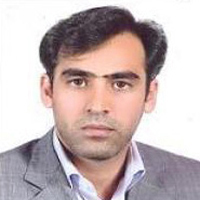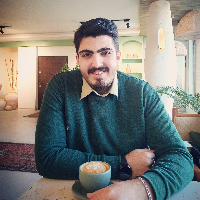An analysis of the livability situation, Case study: Kouye Salar Neighborhood-Urmia
The main purpose of the research is to analyze the livability situation in Kouye Salar neighborhood. The most important distinguishing point of this research with similar researches is the use of the combined method of inferential statistics - spatial interpolation - structural relations. The present research method is descriptive and analytical in terms of nature and is practical in terms of purpose. To collect of information, a library-document and field-survey method was used. The tools of data collection are in several ways: observation, questionnaire, and taking notes. The statistical society of this research is the residents of Kouye Salar neighborhood, which has 18,000 people according to the 2016 census of the Statistics Center. To determine the sample size, Cochran's formula was used and the sample size was 376, which was distributed in the study area using the cluster random sampling method. One-sample t-test was used for quantitative data analysis and IDW method was used for spatial data analysis. The DEMATEL model has been used to evaluate the relationship between the livability dimensions. The validity of the questionnaire was confirmed by experts and the reliability of the questionnaires was also confirmed by Cronbach's alpha test with the alpha coefficient value of 0.775. Based on the results of the research, the dimensions of livability, which include social, economic, environmental, urban management, historical pattern, and facilities and services, have obtained average of 2.94, 2.07, 3.01, 1.25, 1.83, and 2.55, respectively and also, the livability level is unfavorable with an average of 2.27. Also, the results of the spatial analysis of the livability dimensions in Kouye Salar neighborhood show that about 66% of the neighborhood is in an unfavorable condition. According to the results of DEMATEL model, the dimensions of urban management, economic and facilities and services as "cause" and the three dimensions of environment, social and history pattern as "disability" are extracted and shown in the livability of the locality territory.
- حق عضویت دریافتی صرف حمایت از نشریات عضو و نگهداری، تکمیل و توسعه مگیران میشود.
- پرداخت حق اشتراک و دانلود مقالات اجازه بازنشر آن در سایر رسانههای چاپی و دیجیتال را به کاربر نمیدهد.




